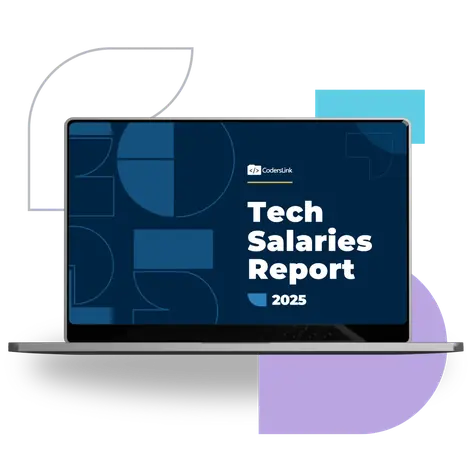
In the information age, data is truly an asset. Data analysis allows professionals to draw inferences and gain actionable insights used to make smarter business decisions. While valuable to all industries, data is especially important for hiring managers and recruiters, who use this information to attract the right candidates who can contribute to the company’s success. A LinkedIn report on how talent leaders are using data highlights how more companies are now using it to increase retention (56%), evaluate skills gaps (50%) and build better offers (50%).
Data and AI are also used for advanced recruitment, giving recruiters the power to predict who’s fit to be the next CEO who will transform the company — all because of the data insights available. Given its capabilities, here are other reasons why companies should implement data analysis in their recruitment practices.
Why Data Analytics Matters in HR and Recruitment
Data analytics is used in different aspects of Human Resources. HR analytics helps solve problems such as the cause of high turnover rates or what type of employees are likely to leave the organization. HR Technologist describes people analytics, another branch of HR analytics, as a way for organizations to keep people successful and effective by focusing on employee-centric concerns, such as stress, work-life balance, and well-being.
Data and analytics are especially crucial in recruitment. Apart from strategic hiring, recruiters can identify patterns to explain organizational phenomena. Recruitment analytics can answer questions, such as the cost of hiring staff in various positions, traits that successful candidates share, and what sourcing channel is best for types of candidates. All of these can lead to more sound decisions when hiring, impacting the employee’s career and contributions to the organization.
Tips on Implementing Data Analysis in Recruitment
Implementing a data-driven talent acquisition requires several elements. Three are highlighted below:
Use the Right Tools
The best tools are those most aligned with your company’s size, industry, and recruitment strategy. Generally, these types of software will show you who has viewed your profile, the number of applications per opening, and common characteristics across candidates.
More importantly, it should include predictive analysis that uses historical data to predict outcomes, such as the future performance of a candidate. A good rule of thumb is choosing tools that bring objectivity using real data to help make better hiring decisions.
Hire a Data Professional
As data becomes more important in making business decisions, the demand for data analytics professionals has grown. Fortunately, this demand is being met through universities opening up their data analytics courses to online students. And these online courses are tailored for the business world. Maryville University’s online master’s in business data analytics focuses on setting up graduates for data-driven careers in management, operations, and finance, making them top targets for recruiters. Getting these specialized qualifications is now easier with online degrees, which, despite the different mediums of instruction, are just as valid as traditional degrees.
Another option to get data professionals is through outsourcing from agencies offering specialized tech services. Here at Coder’s Link, you can choose specialized talent depending on manpower requirements. This way, you can quickly get a data professional on board without having to source for one yourself.
Identify and Understand Data Limitations
Metrics alone can’t provide all the answers. Only by diving deep into recruitment analytics with a data professional can you find actionable insights. Bear in mind as well that some factors – developments in your business’ industry, economic trends, and political decisions – won’t show up as hard data but will influence recruitment results nevertheless.
Be critical in analyzing how each will impact your metrics, and look beyond the numbers to understand what else is at play. By understanding these limitations, hiring managers and recruiters can be more discerning with what kind of data to collect, analyze, and apply. Always remember that there’s more to the data than what it offers at face value.
Implementing data analysis seamlessly into your recruitment process is sure to be a challenge, but understanding why it matters and taking a cue from the tips above are essential in making key decisions that will affect your organization now and in the future.


